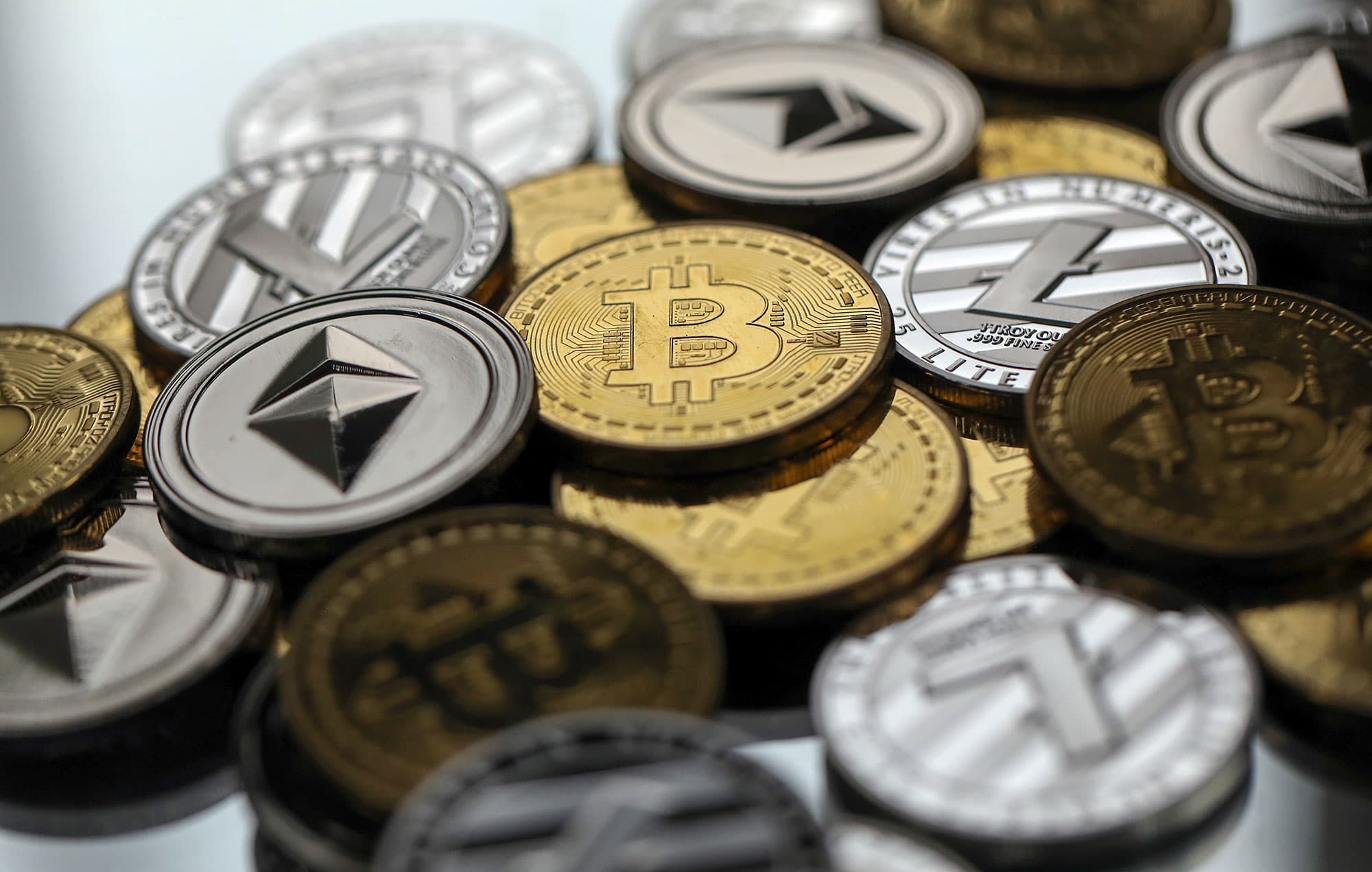
AVAX, the native token to smart contracts platform Avalanche, hit an all-time high on Sunday, briefly making it one of the top 10 cryptocurrencies by market value. Now ranked No. 11, AVAX is up 33% in the last seven days, according to CoinGecko, and up over 3,000% in the last year.
This surge followed an announcement by Ava Labs, a team supporting development of the Avalanche blockchain, stating it formed a partnership with consulting firm Deloitte to “improve security, speed and accuracy” of Federal Emergency Management Agency (FEMA) funding. Deloitte will use the Avalanche blockchain to “build more efficient disaster-relief platforms.“
However, the market reaction was more of a case of “the right news at the right time,” Matt Hougan, chief investment officer at Bitwise Asset Management, tells CNBC Make It. “Its timing was coincident with a peak in frustration around the rising cost of using the Ethereum blockchain.”
Avalanche is often compared to Ethereum, as both have smart contract capabilities. Smart contracts, or collections of code that carry out a set of instructions on the blockchain, are crucial in running decentralized finance, or DeFi, applications and nonfungible tokens, or NFTs.
However, Avalanche aims to conduct faster transactions with lower fees than Ethereum.
Though “there is nothing specific about the Deloitte deal that is transformative to Avalanche,” Hougan says, “it is a signal that Avalanche may have the right ingredients to compete with Ethereum and other all-purpose blockchains long-term.”
Despite the hype around Avalanche, it’s important to research and understand the risks of any cryptocurrency before investing. Financial experts view cryptocurrencies as volatile, speculative investments. As quickly as one reaches a new high, it could go back down.
What’s Avalanche?
Avalanche launched in 2020 as a platform for smart contracts, the creation of decentralized applications, or dapps, and subnets, or custom blockchains.
“Subnets are powerful, reliable and secure private or public blockchains built as offshoots to the core Avalanche platform,” John Wu, president of Ava Labs, tells CNBC Make It. “Developers of these custom blockchains have complete control over the design, with the only requirement being to participate in securing the core platform.”
Wu sees subnets as a powerful use case for Avalanche going forward.
Avalanche operates on a proof of stake (PoS) model, where validators verify transactions according to how many coins they hold. Supporters of PoS say it is significantly less energy intensive than other models and has less of an environmental impact.
How does it compare to Ethereum?
As demand for Ethereum, the most used blockchain network, has surged this year, other projects have emerged in an attempt to compete.
“Ethereum is the leading all-purpose blockchain, but there is significantly more demand for Ethereum’s utility than the blockchain can currently handle,” Hougan says. “As a result, you’re seeing the rise of a number of Ethereum competitors. Avalanche is one of them.”
Avalanche is “designed to be faster and cheaper to use than Ethereum, processing more transactions per second at a lower cost,” Hougan says. According to Ava Labs, Avalanche can process over 4,500 transactions per second, while Ethereum can support roughly 13 transactions per second.
But Ethereum still has its own advantages, including its reputation, prominence and capabilities.
Currently, Ethereum operates on a proof of work (PoW) model, where miners must compete to solve complex puzzles in order to validate transactions. However, supporters of Ethereum say the blockchain will become more scalable, secure and sustainable after its Eth2 upgrade, slated for 2022, during which the network will shift to a PoS model as well.
What are the risks?
Generally, financial experts warn to only invest as much as you can afford to lose in cryptocurrencies due to their significant risks.
AVAX appreciated substantially in a short period of time. Just like with other cryptocurrencies, the potential for large price swings should be considered and understood before investing.
But most of all, it’s very risky to bet on one blockchain versus the rest, Hougan says. “Identifying winners in disruptive technologies early is difficult.”
“It seems clear to me that the aggregate group of all-purpose blockchains will be significantly more important in five years than it is today,” he says. “But anyone telling you that any one specific blockchain will win should remember AOL — and Myspace, Napster, BetaMax, etc.,” he says.
Sign up now: Get smarter about your money and career with our weekly newsletter
Don’t miss: This 32-year-old made over $1M in 9 months selling NFTs—now he’s reinvesting for the metaverse




